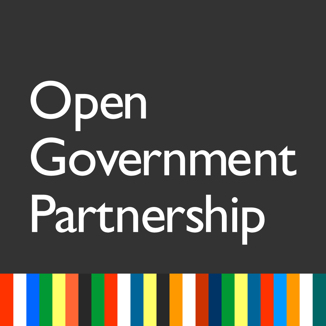But I’m getting ahead of myself. The Open Government Partnership (OGP), which doesn’t get as much attention as many other international initiatives—or as much as it deserves—will hold its global summit next week in Mexico City. Launched in September 2011 by the presidents of the United States and Brazil, the OGP describes itself as “an international platform for domestic reformers committed to making their governments more open, accountable, and responsive to citizens.” Governments and civil society organizations in member countries—membership has grown from 8 countries at its founding to 66 today—work together to develop, and then implement and report on, joint action plans to increase public sector openness. This takes many forms, depending on the starting point and a particular country’s circumstances: in many countries, action plans include adopting and implementing high standards for fiscal transparency; in some, they focus on increasing the ability of citizens to participate in decision making about how governments allocate resources.
The OGP has three features that are core to how it seeks to nudge the world to a better place: First, it adheres to strict eligibility criteria for membership, such as the existence of an access to information law. In concept, the lure of joining a good governance club creates an incentive for greater transparency. Second, recognizing that transparency and participation are challenges around the world, OGP seeks to include and be relevant to all countries, not only those in the Global South. This leads to lots of mutual support and learning, and obviates the risk that the partnership will look like old-fashioned “we judge you / we fix you” donor-designed initiatives. Third, and perhaps most importantly, it is one of the only vehicles for civil society and governments to negotiate, plan, and report on progress together, primarily within national borders but also at the international level. This creates the conditions for a collaborative, rather than solely adversarial, relationship between at least some civil society actors and representatives of the public sector. Conceived as a platform for national policy formulation and implementation, cities now are getting into the act. Leading municipal governments are developing their own action plans to solicit and embrace greater civic participation at the most local levels.
The Open Government Partnership is based on the idea that civil society and governments can, with the right incentives and processes in place, work together constructively to both accelerate openness and, ultimately, solve thorny governance challenges. This is appealing on paper, but not a simple concept to bring to life. Governments have vastly greater resources than civil society organizations, and can—if they wish—use the power of the state to restrict the ability of citizens to act collectively. Even when both parties act in good faith, the work requires new skills and tools. Civil society leaders and public officials have to figure out each other’s vocabulary, rhythm of work, and decision-making processes. They also have to develop mutual respect and trust, a willingness to not just say the word “partnership,” but practice it. Particularly for civil society organizations, this means a redefinition of tactics and measures of success—from argument to conversation, but never to capitulation.
Everyone involved understands that this is a big, bold experiment, based on a set of assumptions that may turn out to be right—or wrong. And they are observing as they participate, encouraging each other to share what they’re learning along the way.
Among the many civil society organizations whose engagement in the Open Government Partnership we and other foundations support, we see full and enthusiastic participation in this experiment. Those who are working with government are often acting in creative ways to further the OGP ideals—and, at the same time, are tracking what’s working and whether the process of collaboration is genuine or a sham. OGP participants on the civil society side are always on the alert for signs that their government partners are not acting in good faith. They worry about being co-opted, that the often time-consuming engagement in the OGP processes might be seen by some governments as a way to keep civil society distracted and busy so they won’t be able to draw attention to bad actors acting badly in the public sector. They scrutinize the implementation of action plans, highlighting instances when the words on paper aren’t turning into reality. In short: they trust, but verify. Again, this takes time and new skills and tactics, all in the service of giving this new model a try.
Will OGP meet its ambition of being a new model for solving governance problems around the world? Maybe. Will it add to what we know about whether and how civil society organizations can work with the public sector? Yes, definitely. It already is. And we, and our partners around the world, are eager to learn right along with them.



